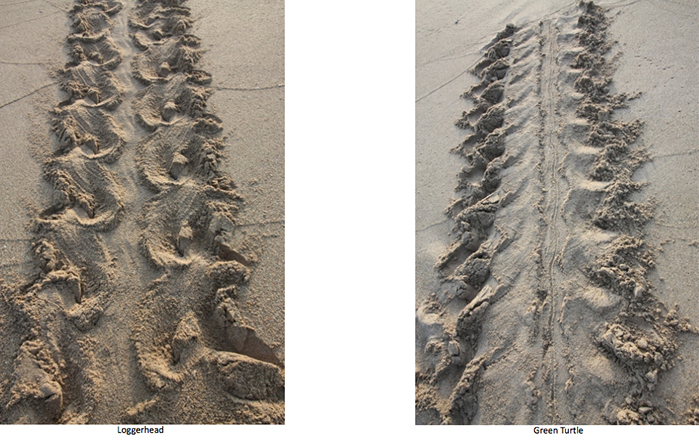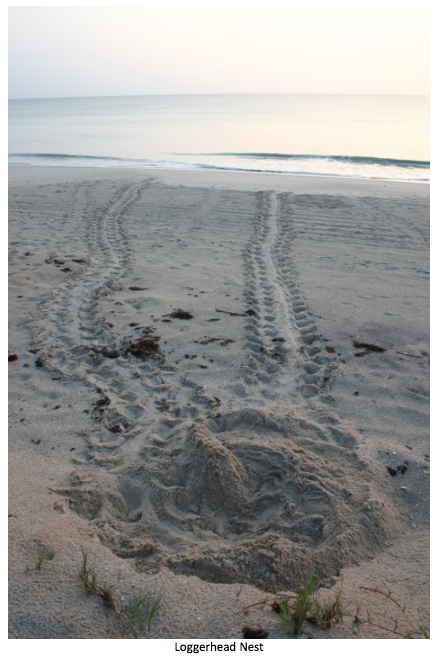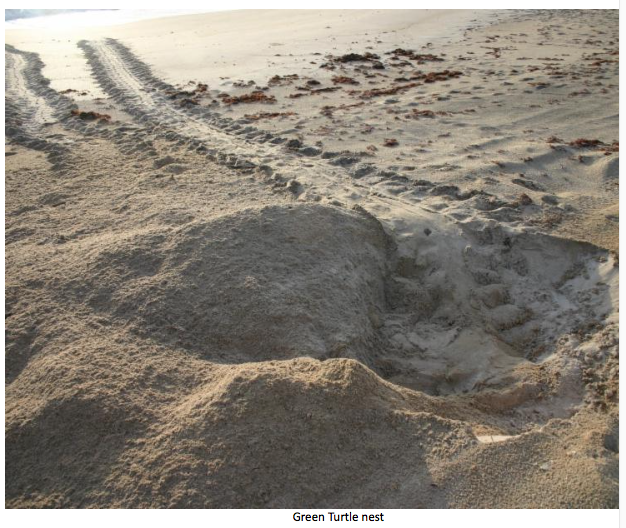Recent News
Bermuda hailed for turtle conservation roleSaturday, April 23, 2016
Green turtles have been removed from the endangered species list in Florida, with a researcher saying Bermuda played an important role.
College Class Visits Trunk Island ‘Classroom’
Tuesday, April 19, 2016
The Bermuda College’s Introduction to Biology students were given the special treat of having a ‘hands-on’ class on Trunk Island, the Bermuda Zoological Society’s “Living Classroom”.
Author Mykkal to share butterfly photos
Saturday, April 16, 2016
Author Ras Mykkal will be sharing his spectacular collection of butterfly photographs when he talks at the latest Bermuda Zoological Society lecture next week.
Stitches removed from loggerhead turtle
Wednesday, April 13, 2016
A loggerhead turtle that underwent life-saving surgery to have a rusting hook removed from her throat could be released to the wild later this spring.
Photos: Injured Turtle Has Stitches Removed
Tuesday, April 12, 2016
Daisy — the loggerhead turtle that has been residing at the Bermuda Museum, Aquarium & Zoo since she underwent life-saving surgery to remove a rusting hook in her throat three months ago — has had her stitches removed and it is hoped she can be released back into the wild in late spring/early summer.
About
GovernanceAbout Us
Newsletter
Latest News
Gift & Bookstore
Contact
General Inquiries
info@bzs.bm
Latest News
All the latest updates and news from the Bermuda Aquarium, Museum, and Zoo, one of Bermuda's leading visitor attractions!
Jennifer Gray, Bermuda Director, Bermuda Turtle Project
Are you an early riser? Do you like to walk beaches?
Be a part of our Citizen Science Volunteer Programme... take a walk and report sea turtle nesting events.
In 1870 Bermuda's Attorney General declared that there was no nesting of sea turtles in Bermuda giving us an approximate time reference for the local extinction of our nesting green turtles.
Sea turtle nesting events in Bermuda; of 1990 (Loggerhead), 2005 (Loggerhead) and 2015 (Green) give us a glimmer of hope for the future and suggest a possibility that sea turtles are nesting sporadically hidden from human eyes. All three of these nests were discovered fortuitously by observant members of our community and we encourage everyone to be aware of the tell-tale signs of sea turtle nesting and report any events to the Bermuda Turtle Project.
Historic records suggest that sea turtles in Bermuda nested between late April through June and certainly June, July and August would provide the optimal sand temperature for a sixty- day incubation period of eggs.
To identify the tracks (crawls) of a nesting sea turtle observations should be made early in the morning when they are fresh and unaltered by wind and rain. Whenever possible photographic records should be obtained. The tracks of a nesting sea turtle should emerge from the high tide mark and lead to a disturbed area of sand at the back of a beach with another track returning to the sea. Loggerhead tracks are approximately three feet wide while Green Turtle tracks are typically four feet wide.

Photos: Sea Florida Fish & Wildlife Conservation Commission


Hatchlings emerging from a nest may not leave clear tracks depending on the type of sand and wind conditions but when they do many small tracks from the nest to the sea may be observed. These should not be confused with the tracks of a hermit crab. If there are bright lights the vicinity of the beach hatchlings may become disoriented and have trouble finding the ocean.
Tracks from disoriented hatchlings.
Their tracks should lead straight to the sea. Hermit Crab tracks

Photo: Sea Turtle Conservancy
Help us understand the status of sea turtle nesting by reporting any tracks or nesting events to the Bermuda Turtle Project by calling (441) 332-2966.


